Noboru Ogata (Professor Emeritus, Kyoto University)
This page presents my records and photos during a research trip made by the Research Group on the Travel by Xuanzang (Feb. 24 - Mar. 4, 1999). Xuanzang described Orissa in his "Buddhist Records of the Western World" as 'Udra' and 'Kongoda'.
Feb. 24: Arrived in Calcutta. Visited the Indian Museum. Stayed in Calcutta.
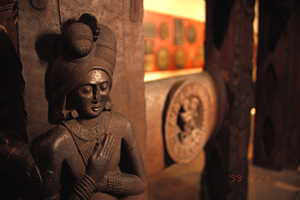 |
Statue of Buddha in the Indian
Museum. |
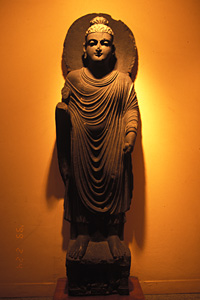 |
Feb. 25: Traveled to Bhubaneswar. Stayed in Bhubaneswar.
Feb. 26: Visited Buddhist archaeological sites at Udayagiri and Langdi Hill. Stayed in Bhubaneswar.
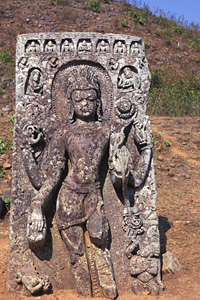 |
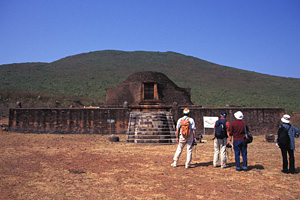 |
|
| Main Stupa of the Udayagiri site. |
 |
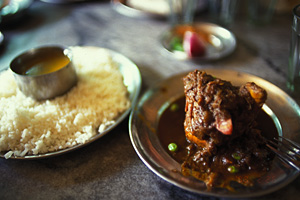 |
|
| Lunch in a market town named Chandikhol. |
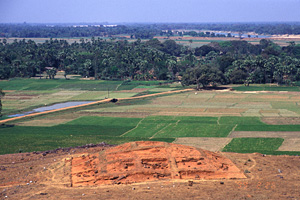 |
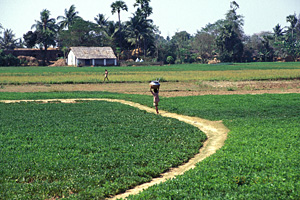 |
|
| Landscape at Langdi Hill. |
Feb. 27: Visited Buddhist sites at Ratnagiri and Lalitagiri. Stayed in Bhubaneswar.
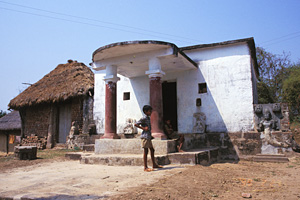 |
Image of Buddha or a Hindu
God at the village shrine of Ratnagiri shown above. |
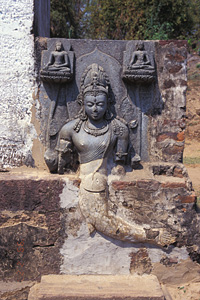 |
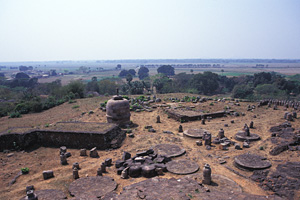 |
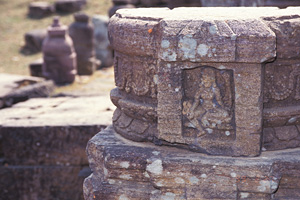 |
|
| Stupa of donation at Ratnagiri site. |
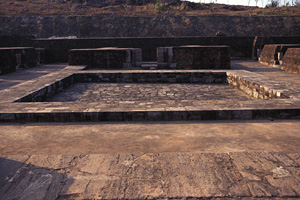 |
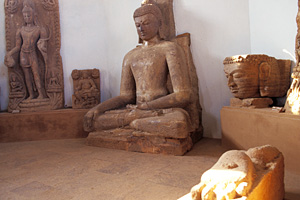 |
|
| Statues of Buddha at Lalitagiri. |
 |
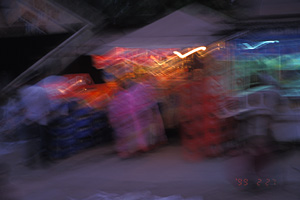 |
|
| Street in twilight. |
Feb. 28: Visited Hindu Temples in Bhubaneswar, the inscription of Emperor Asoka in Dhauli and the temple town of Puri. Stayed in Konarak.
 |
Inside of the Mukteshvara
Temple. |
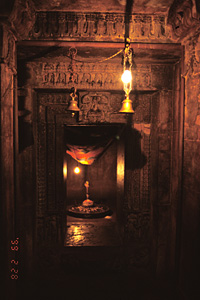 |
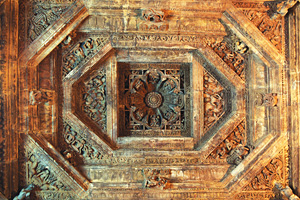 |
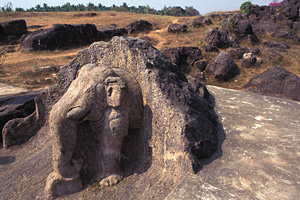 |
|
| Dhauli rock inscription of the edicts of
Emperor Asoka. |
| “All men are my children. Just as I seek the welfare and happiness of my children in this world and the next, I seek the same things for all men.” — from the Dhauli rock inscription. |
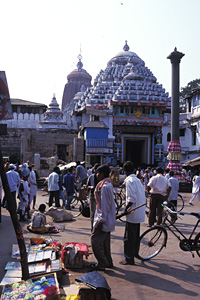 |
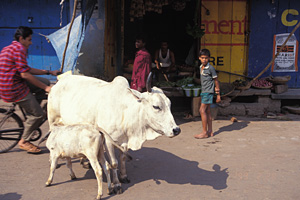 |
|
| On the street in Puri. |
Mar. 1: Visited Surya (Sun) Temple at Konarak. Traveled to Calcutta and stayed there.
 |
The sun rising above the Bay
of Bengal. |
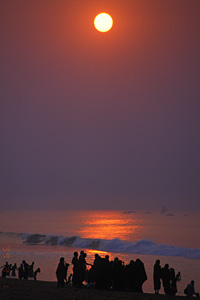 |
| “Seven bay mares carry you in the chariot, O sun god with hair of flame, gazing from afar.” — from The Rig Veda. |
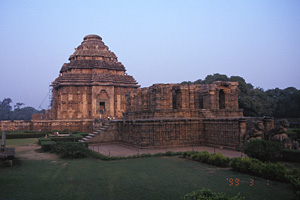 |
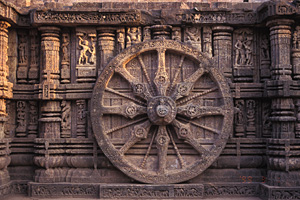 |
|
| Wheel depicted on the base of Surya Temple. |
Mar. 2: Stayed in Calcutta.
Mar. 3: Departed Calcutta home.
Last Updated: 06/Aug/2008
![]()